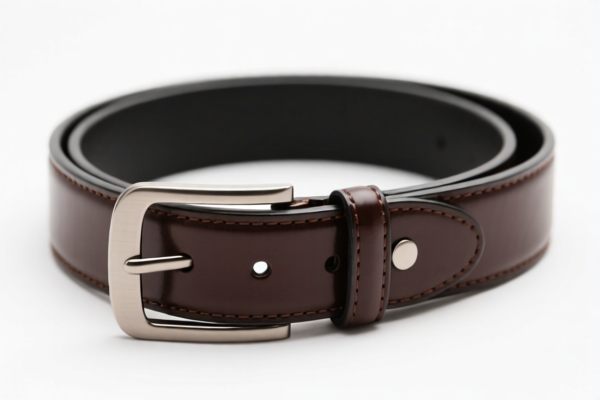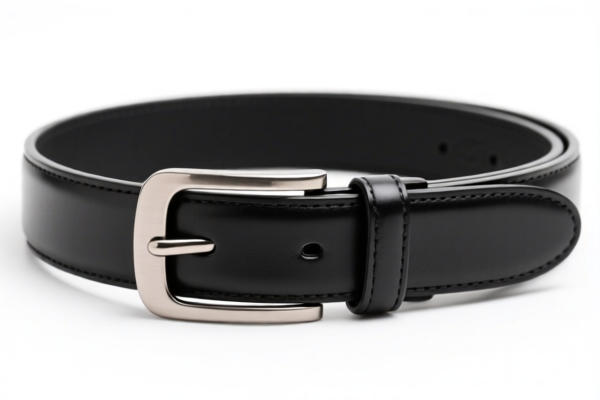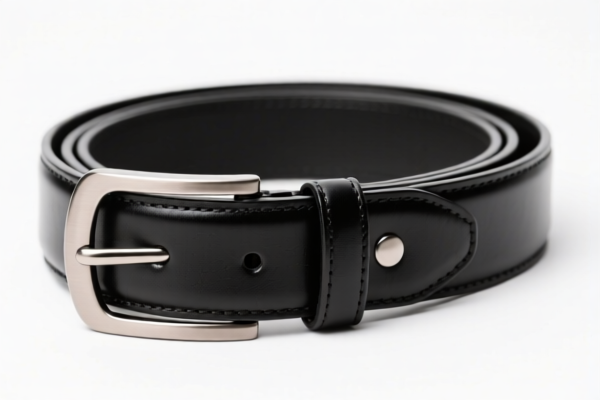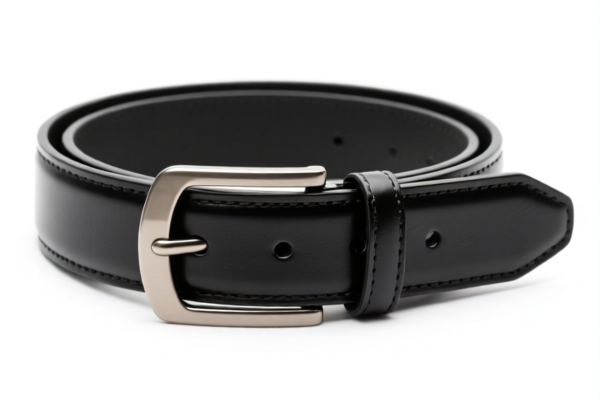| HS Code | Official Doc | Tariff Rate | Origin | Destination | Effective Date |
|---|---|---|---|---|---|
| 8483409000 | Doc | 57.5% | CN | US | 2025-05-12 |
| 8483506000 | Doc | 57.8% | CN | US | 2025-05-12 |
| 8487900080 | Doc | 83.9% | CN | US | 2025-05-12 |
| 8487900040 | Doc | 58.9% | CN | US | 2025-05-12 |
| 6114909070 | Doc | 35.6% | CN | US | 2025-05-12 |




Power Belt
A power belt is a weightlifting belt used to support the lower back and abdomen during heavy lifting exercises. It is a common accessory in strength sports like powerlifting, weightlifting, and strongman, as well as general weight training.
Material
Power belts are typically constructed from the following materials:
- Leather: Traditionally made from thick, durable leather (often cowhide). Leather belts are known for their longevity and ability to conform to the lifter’s body over time. They offer excellent support and are a popular choice among experienced lifters.
- Nylon: Constructed from heavy-duty nylon webbing. Nylon belts are generally more affordable than leather belts, lighter in weight, and require less break-in time.
- Synthetic Materials: Some belts utilize synthetic materials like polyurethane or a combination of nylon and other polymers, aiming to combine durability with reduced weight and flexibility.
Purpose
The primary purpose of a power belt is to increase intra-abdominal pressure (IAP). By providing a rigid surface to brace against, the belt allows the lifter to push their abdomen outwards, stabilizing the spine and reducing the risk of injury during heavy loads. This stabilization isn't about adding strength, but rather allowing the lifter to utilize existing strength more effectively.
Function
- Spinal Support: The belt limits excessive spinal flexion (bending forward) during lifts, protecting the lower back from strain and potential injury.
- Increased IAP: Creates a firm "corset" around the midsection, enhancing core stability.
- Improved Lifting Technique: Facilitates proper form by providing a reference point for bracing and maintaining a neutral spine.
- Force Transfer: Aids in transferring force from the legs and hips to the upper body.
Usage Scenarios
- Heavy Squats: Essential for supporting the spine during back squats, front squats, and overhead squats.
- Deadlifts: Provides critical support during conventional, sumo, and Romanian deadlifts.
- Overhead Press: Can be used to stabilize the core and lower back during heavy overhead pressing movements.
- Good Mornings: Assists in maintaining spinal integrity during this exercise.
- Other Compound Lifts: Beneficial for any heavy compound exercise where spinal stability is crucial.
Common Types
- Single-Prong Buckle: Features a single prong that secures the belt through a series of holes. Generally more affordable and easier to adjust quickly.
- Double-Prong Buckle: Utilizes two prongs for a more secure and reliable closure. Often preferred by powerlifters for competition due to its increased stability.
- Lever Belt: Features a lever mechanism that quickly tightens and loosens the belt. Popular in powerlifting competitions due to its speed and convenience.
- Competition Belts: Designed to meet specific regulations for powerlifting competitions, typically with a 10mm thickness and specific buckle requirements.
- Tactical Belts: Heavier, wider belts often used in strongman and other functional fitness activities.
- Wide vs. Narrow Belts: Wide belts (4-6 inches) offer greater support and are often preferred for heavier lifts. Narrow belts (2-4 inches) provide more flexibility and are suitable for exercises requiring a greater range of motion.
Based on the provided information, the following HS codes may be relevant to “power belt”:
- 8483409000: This HS code covers transmission shafts (including camshafts and crankshafts) and cranks; bearing housings, housed bearings and plain shaft bearings; gears and gearing; ball or roller screws; gear boxes and other speed changers, including torque converters; flywheels and pulleys, including pulley blocks; clutches and shaft couplings (including universal joints); parts thereof: Gears and gearing, other than toothed wheels, chain sprockets and other transmission elements entered separately; ball or roller screws; gear boxes and other speed changers, including torque converters. The total tax rate is 57.5% (basic tariff: 2.5%, additional tariff: 25.0%, additional tariff after 2025.4.2: 30%).
- 8483506000: This HS code covers transmission shafts (including camshafts and crankshafts) and cranks; bearing housings, housed bearings and plain shaft bearings; gears and gearing; ball or roller screws; gear boxes and other speed changers, including torque converters; flywheels and pulleys, including pulley blocks; clutches and shaft couplings (including universal joints); parts thereof: Flywheels and pulleys, including pulley blocks: Other: Flywheels. The total tax rate is 57.8% (basic tariff: 2.8%, additional tariff: 25.0%, additional tariff after 2025.4.2: 30%).
- 8487900080: This HS code covers machinery parts, not containing electrical connectors, insulators, coils, contacts or other electrical features, and not specified or included elsewhere in this chapter: Other Other. The total tax rate is 83.9% (basic tariff: 3.9%, additional tariff: 25.0%, additional tariff after 2025.4.2: 30%, steel and aluminum products additional tariff: 25%).
Regarding HS code 8487900080, please note the need to verify the material (steel, aluminum) and may require an additional tariff of 25% if the product is made of steel or aluminum.
Customer Reviews
No reviews yet.